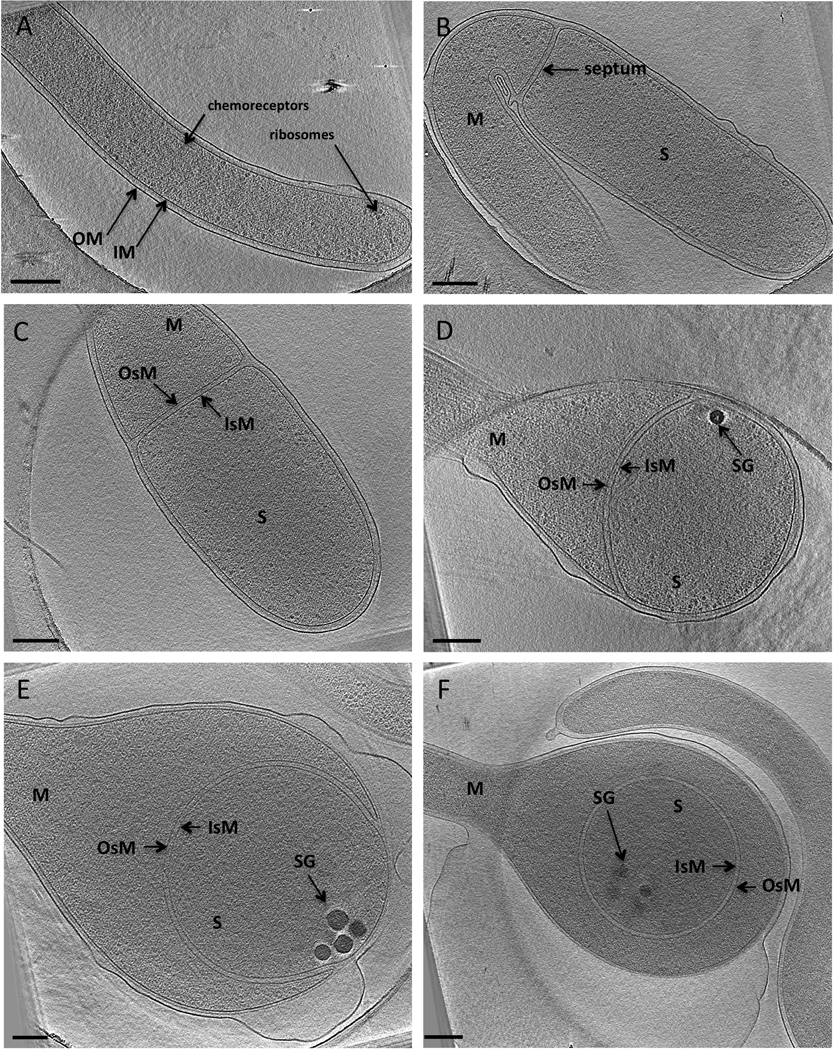Figure 1. Stages of sporulation in A. longum.

(A) A vegetative cell showing typical Gram-negative cell wall architecture.
(B) A sporulative septum separates the mother cell (M) from the prespore (S). The septum is formed from the inner membrane (IM) of the mother cell.
(C) The diameter of the prespore enlarges before engulfment, and the septum eventually turns into the inner spore membrane (IsM) and the outer spore membrane (OsM) of the prespore.
(D) Engulfment begins as the IsM and OsM curve and move along the mother cell wall. Storage granules appear at the leading edges of the engulfing membranes (SG, black bodies).
(E) The prespore continues to enlarge and eventually becomes spherical. The number and size of SGs increases as engulfment proceeds.
(F) Engulfment is completed and a forespore surrounded by an IsM and an OsM is formed in the middle of the mother cell. Each panel is a 20-nm thick tomographic slice through a 3-D reconstruction of an intact cell. Scale bar 200 nm (note E and F are slightly smaller scale to show the entire cell pole).
See also Figure S1 and Figure S2, Table S1 and Movie S1.
